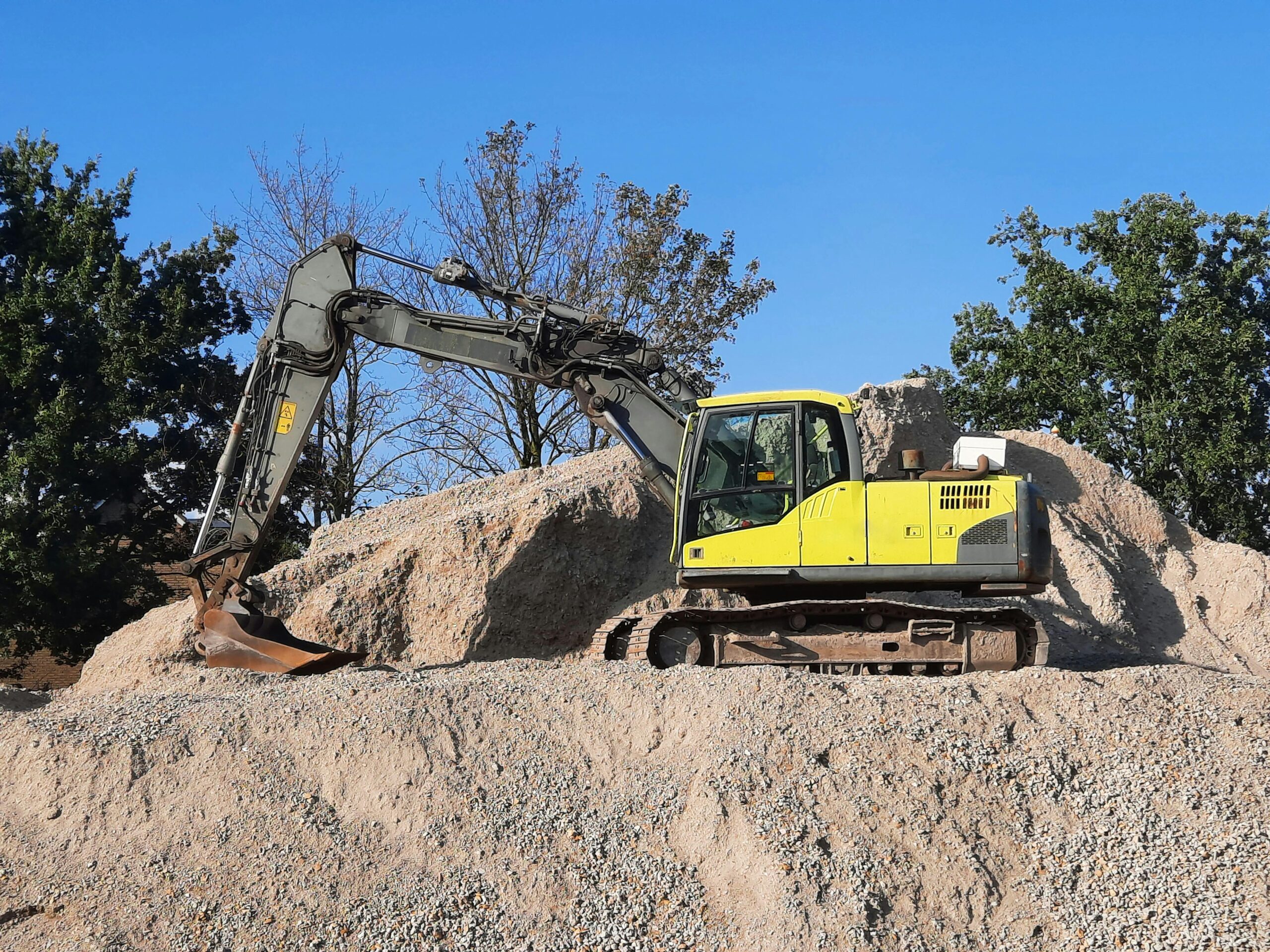Maximizing the efficiency of electrical equipment is of utmost importance. It is crucial to maintain efficiency, reliability, and safety. This is true in many industries. This blog will delve into efficient techniques for maximizing electrical systems. The main focus is on maintenance practices and management techniques. By following these suggestions, companies can improve their operational efficiency. Effective maintenance strategies cut downtime. They also extend the lifespan of electrical assets. Organizations can achieve these benefits by implementing the strategies.
1. Recognizing the Significance of Optimization:
Efficiently optimizing electrical systems means making them efficient. This involves using as little energy and money as possible. Keeping a system in good condition ensures it runs efficiently. It also cuts the chances of malfunctions and extends equipment lifespan. This proactive approach helps businesses. It helps them keep productivity up and avoid expensive periods of inactivity.
2. Perform Regular Inspections:
Regular inspections are crucial for detecting possible issues before they become significant concerns. Examine electrical equipment. Inspect the wires, cables, switches, and control panels. Look for signs of wear, damage, or overheating. Dealing with small problems promptly can prevent equipment breakdowns. It can also ensure smooth operation.
3. Establishing Preventive Maintenance Programs:
Creating a maintenance program is vital. It maximizes the performance of electrical equipment. We schedule regular inspections, testing, and servicing. They aim to find and fix possible issues. This proactive approach reduces the odds of unforeseen failures. It also lengthens equipment life.
4. Keep an eye on Performance Metrics:
Tracking performance metrics can offer insight. These metrics include voltage, current, and power use. They show the health of electrical systems. Use advanced monitoring tools to track performance indicators in real-time. They help find areas to improve. Examining data enables companies to enhance energy utilization. It also contributes to waste reduction and improves overall efficiency.
5. Consider adopting energy-efficient technologies:
Investing in energy-efficient equipment and technologies can substantially save operating costs. It also enhances system performance. It would be wise to explore the benefits of efficient motors, LED lighting, and smart controls. Efforts are made to reduce energy consumption and minimize environmental impact. These investments not only help reduce costs but also support sustainability initiatives.
6. Educate Staff:
Educating staff well is crucial. It ensures they grasp the importance of improving electrical systems. They can then do maintenance tasks safely and efficiently. Offer extensive training programmes encompassing equipment operation, maintenance procedures, and safety protocols. Professionals have a good education. They are better at spotting and fixing problems and stopping accidents.
7. Create Backup Strategies:
Even with diligent efforts to keep our systems, unexpected events can still happen. These events include power outages or equipment malfunctions. Create other ways to reduce interruptions. Also, addresses possible hazards in crises. Developing backup power systems is crucial. So is establishing communication protocols and keeping spare parts. They are key for ensuring quick recovery from the unexpected.
8. Partner with Reliable Suppliers:
Collaborating with trustworthy suppliers and service providers is crucial. This is for acquiring top-notch equipment, components, and maintenance services. Select suppliers that provide dependable products, expert knowledge, and attentive customer assistance. Building strong collaborations ensures access to the resources and support needed. They are required to maximize the efficiency of the electric system.
9. Embrace Technology:
Take advantage of the latest technological advancements to optimize electrical equipment management. Tools for predictive maintenance. They can give useful insights. They use Internet of Things (IoT) sensors. They can also improve efficiency. Use advanced analytics software. It predicts equipment malfunctions. It helps plan maintenance. IoT sensors facilitate remote monitoring and control. It enables businesses to enhance performance and efficiency from any location.
10. Ongoing Process of Improvement:
Improving the management of electrical equipment is an ongoing task. It requires adapting to changing needs and tech. Consistently analyze maintenance procedures and performance data. Also, review industry best practices. This finds potential areas for improvement. By improving continually, businesses can stay ahead of the competition. They can also make their electrical systems more effective.
11. Optimize System Design Efficiency:
Efficient system design is essential for achieving optimal performance of electrical equipment. Make sure electrical systems are designed for efficiency. They should also be reliable and safe. Take into account factors like load distribution, voltage regulation, and equipment placement. Efficiency is key to minimizing energy losses and optimizing operational performance. Work alongside seasoned engineers and designers. We aim to make strong system architectures. They will be customized to meet specific needs.
12. Electrical system maintenance
Creating a thorough maintenance schedule is essential for maintaining an optimized electric system. This schedule should list regular tasks. These include visual inspections, tests, cleaning, and lubrication of electrical parts. In addition, regular preventive maintenance tasks should be incorporated. Our services include many assessments. These include thermal imaging surveys, insulation resistance testing, and circuit breaker testing. By following a set maintenance schedule, businesses can find and fix problems. They do this before the problems get worse. It is crucial to minimize the risk of unexpected downtime and expensive repairs.
Conclusion:
In conclusion, CT Auto Parts and similar businesses need to focus on proactive maintenance. They also need to focus on strategic management. This will optimize their electrical equipment’s performance. This will help ensure efficiency, reliability, and safety. CT Auto Parts can reduce downtime and boost efficiency. They will do this through set maintenance schedules. They will also use thorough inspections. They will use advanced testing and diagnostic tools. They will also do continuous equipment monitoring. Investing in staff training, documentation, and continuous improvement can greatly improve maintenance practices. CT Auto Parts aims to prioritize managing electrical systems well. They want to boost productivity, cut expenses, and stay ahead in the auto industry.




